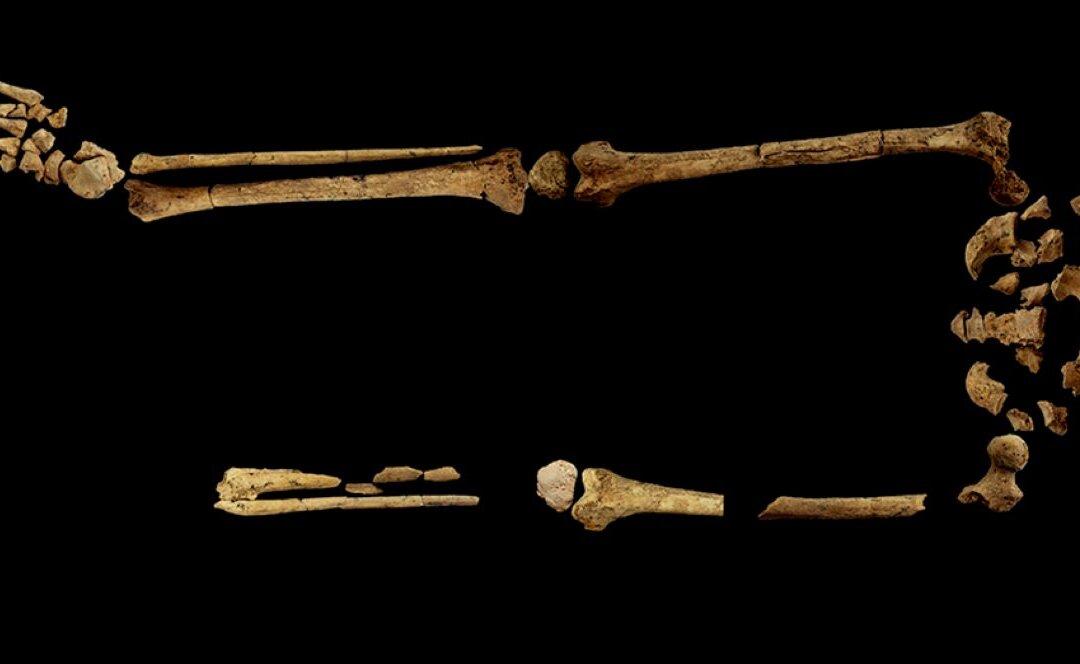Archeologists from Australia and Indonesia have unearthed evidence of the earliest known case of amputation—thought to have occurred at least 31,000 years ago—in a cave on the island of Borneo.
The skeletal remains revealed a young adult whose lower left limb had been surgically removed, after which evidence shows the person lived at least six to nine years before being buried inside Liang Tebo cave in East Kalimantan.





